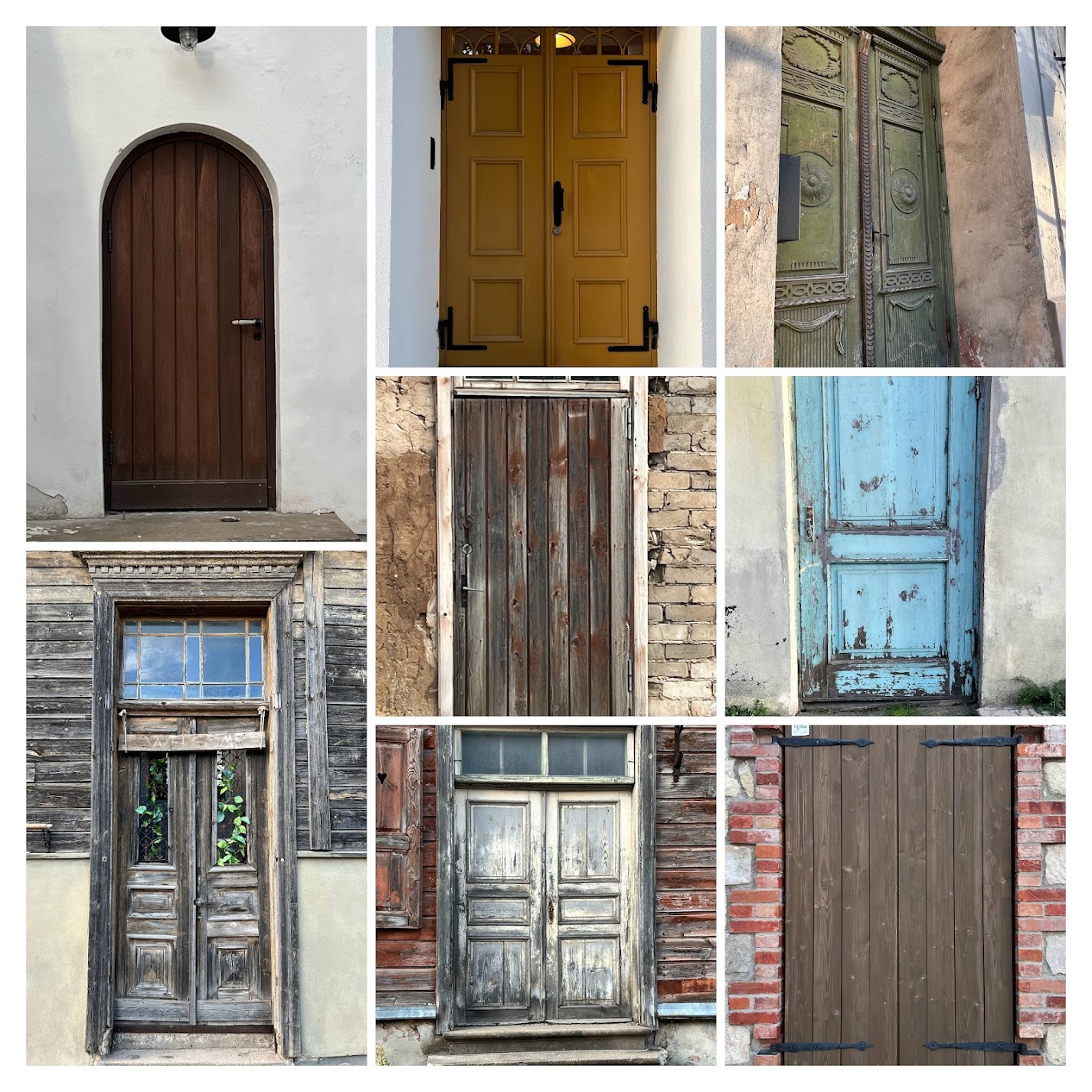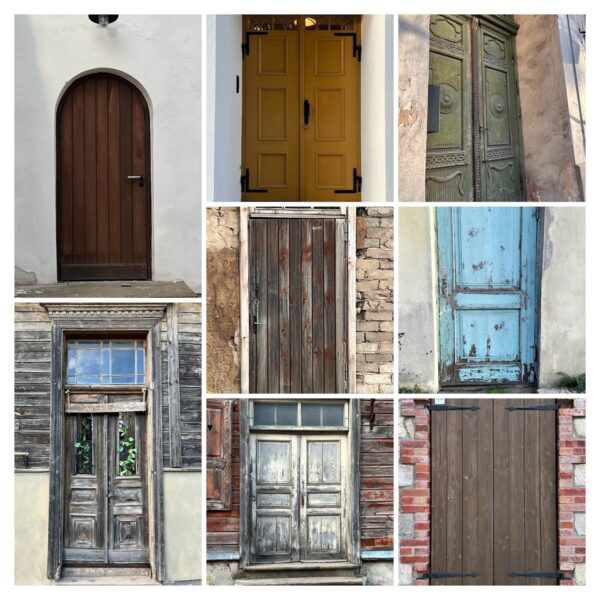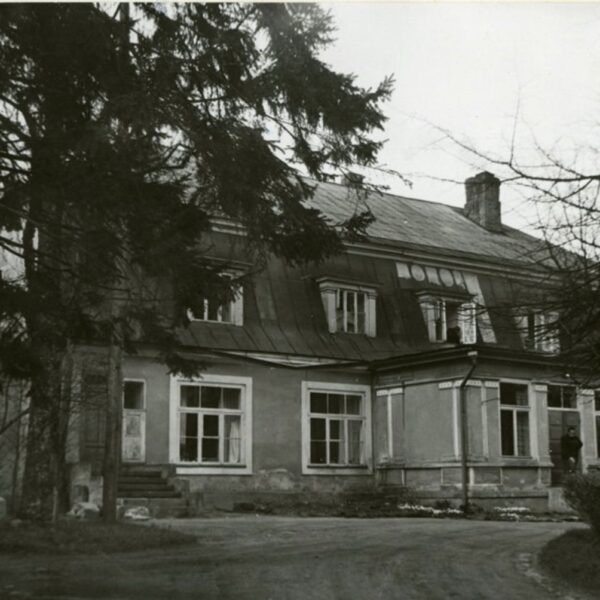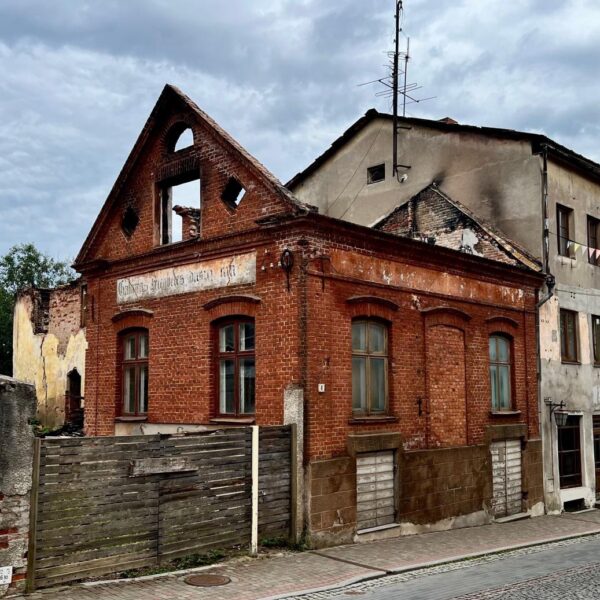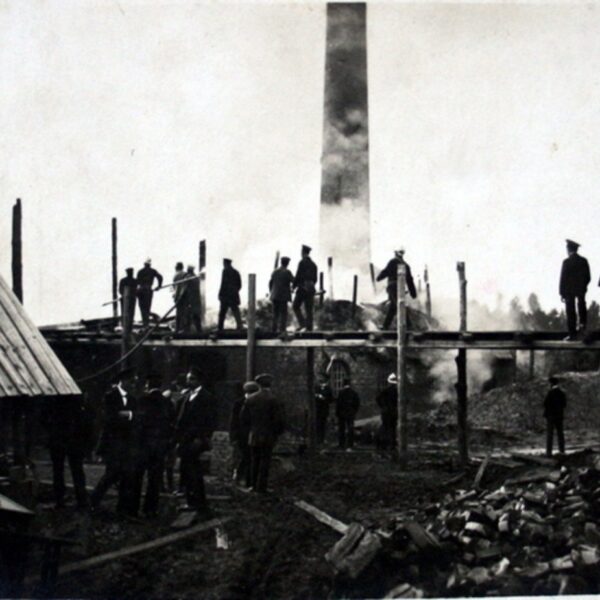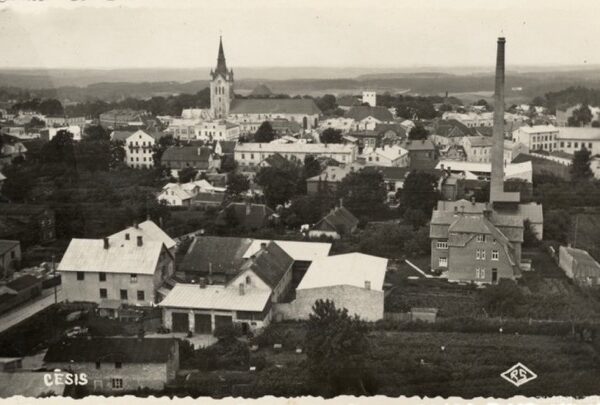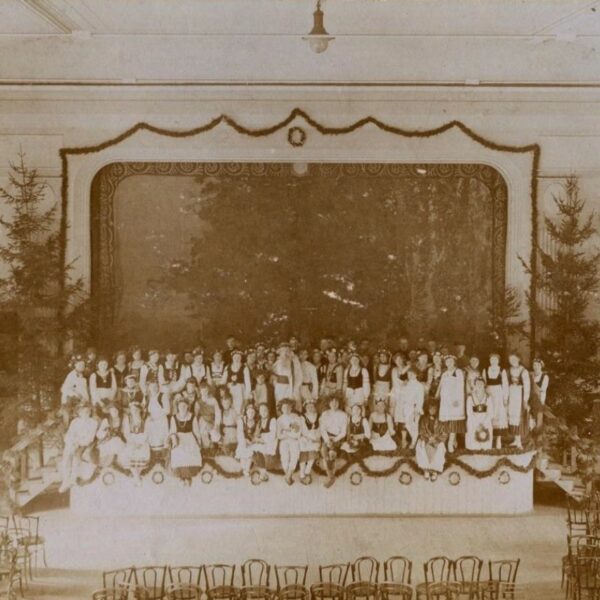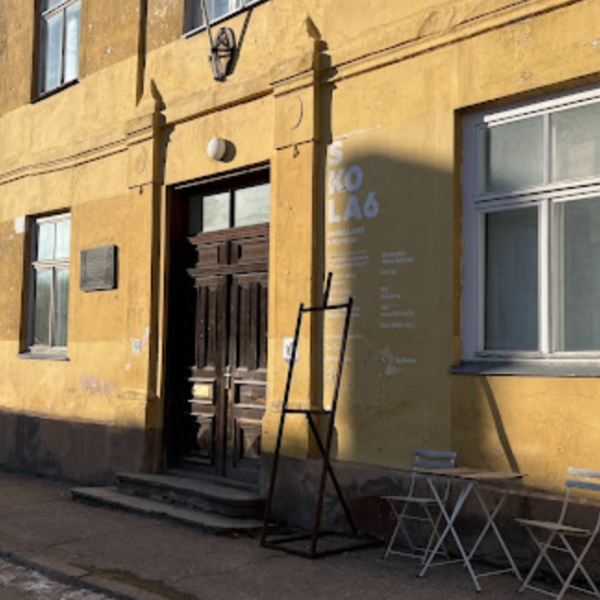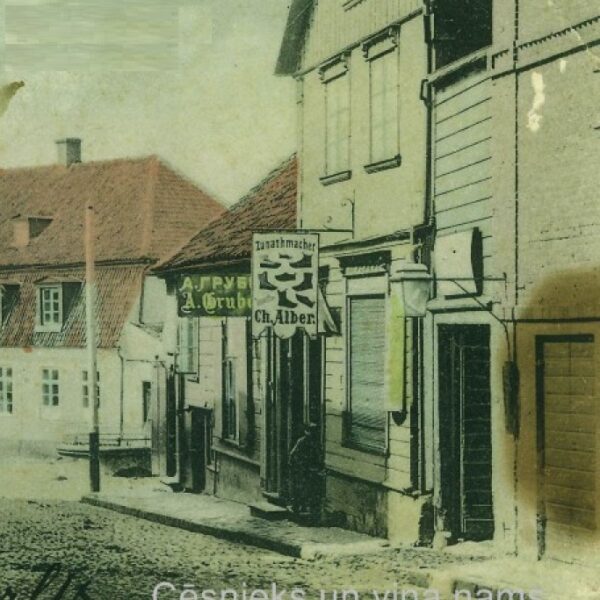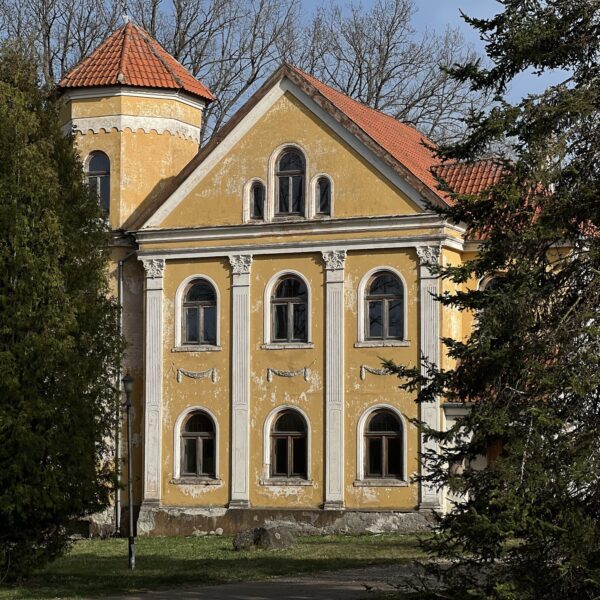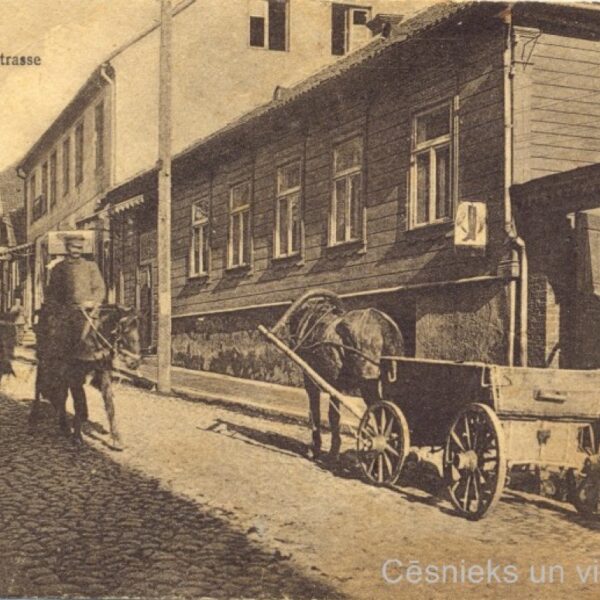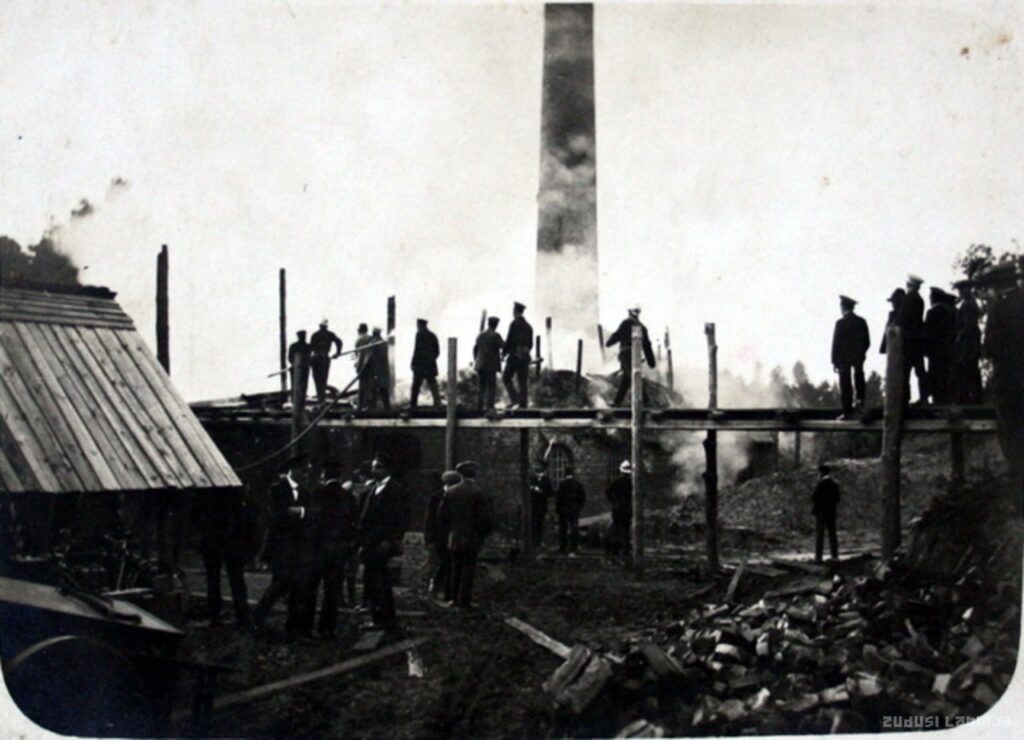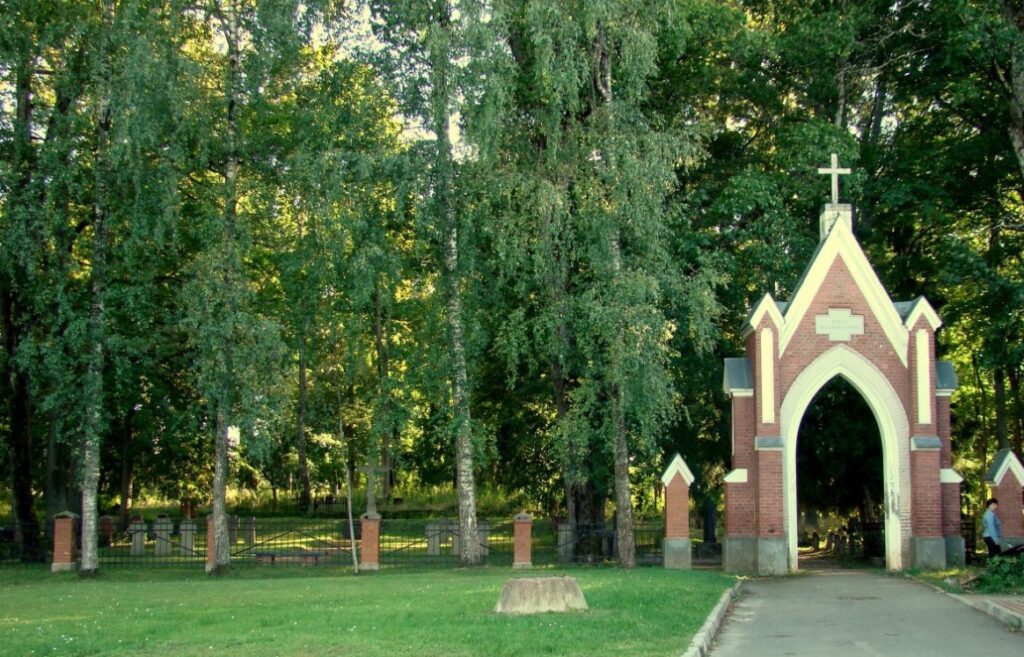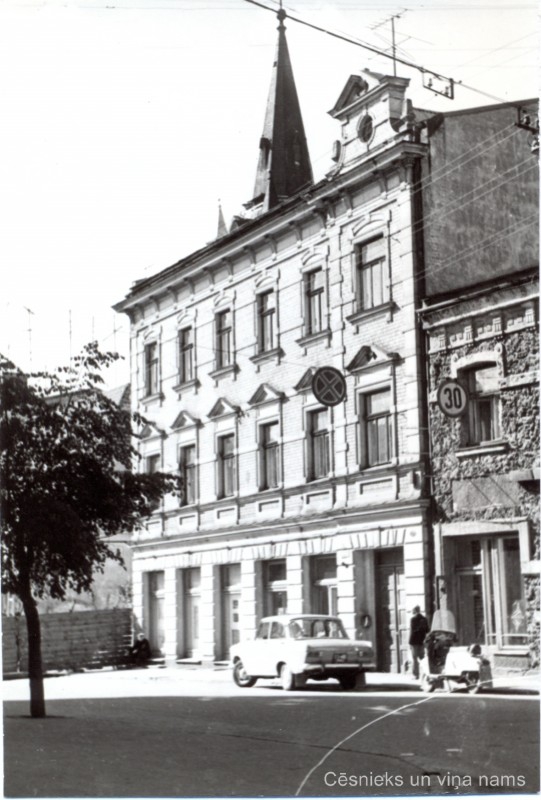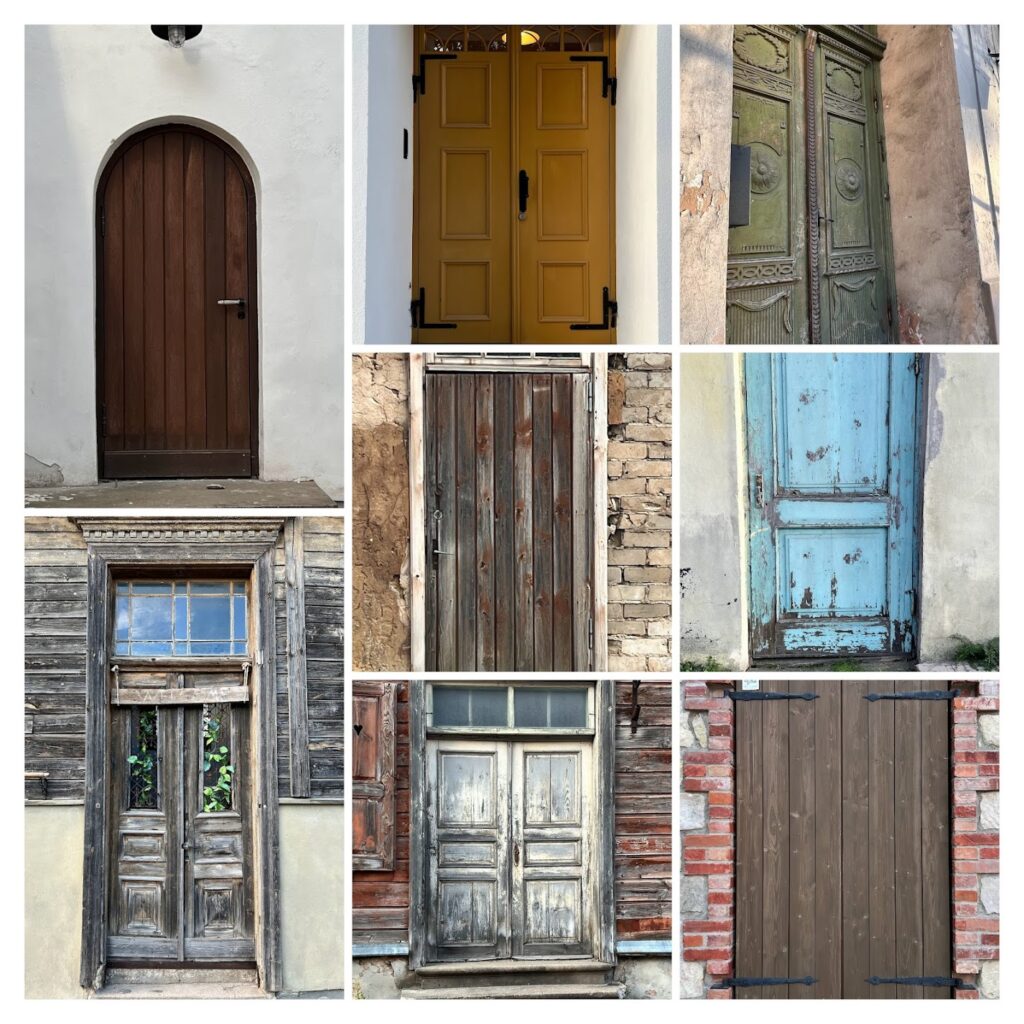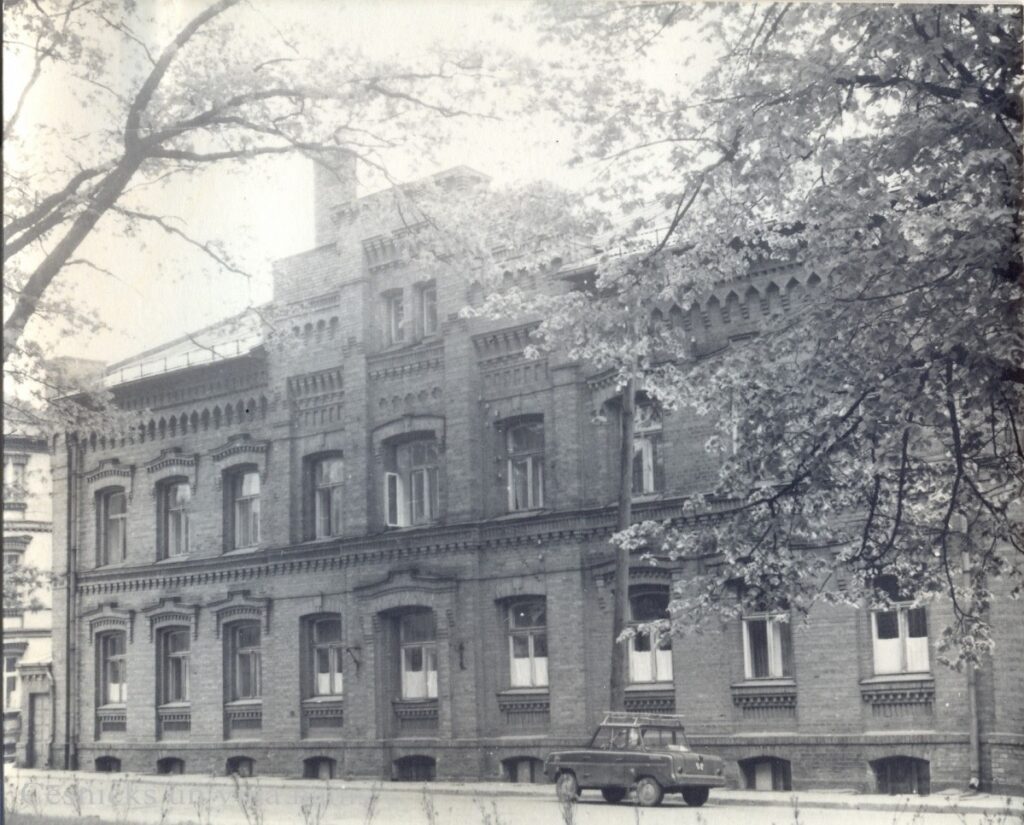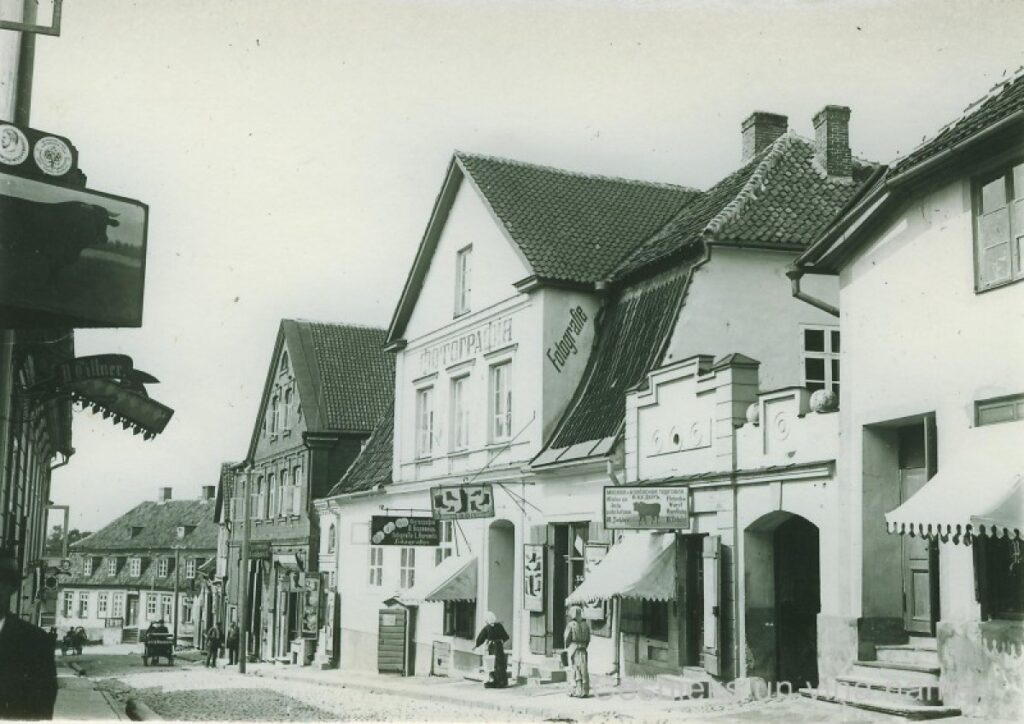Anna’s minor estate, located at the crossroads of Cēsis–Valmiera and Priekuļi roads opposite Cēsis airfield, is a historically rich place with surprising changes in its functions and inhabitants. Originally part of Cēsis castle manor, it developed into a small but bustling economic unit in the 19th century. In 1811, there was an offer in the press to rent Anna’s minor estate for 140 silver rubles per year. At that time, the manor could boast a two-story brick residential building with a spacious hall, three living rooms, two more large rooms on each floor, a kitchen and a storage room. The complex also included stables for eight horses, a carriage house and a large orchard — quite like a small paradise for the next tenant, who could keep four horses grazing in summer and winter, and four cows during the summer months.
Life at the manor house in the early 19th century was quite dynamic — in 1811 its manager was Friedrich Geide, who was assisted by a whole bunch of various servants. Among them was elder Jānis who came from Vecate with his family, but he didn’t stay long and returned to his homeland in 1814.
Interestingly, in 1816 there was a tavern operating at the manor house, whose innkeeper was a certain Jānis. It’s no coincidence that the manor and tavern became so closely connected — after all, what would a manor be without its own tavern, where you could catch your breath after work or travel? The tavern eventually became the heart of Anna’s manor house, and its innkeepers became the central figures of the community.
Running the tavern was apparently quite a profitable business, as many competed for the innkeeper position — during the 19th century it was run by Jānis Mūrnieks, who had previously been a servant and moonshine distiller, as well as Dāvis Pālens, Pēteris Lode, Mārcis Baltābele, Andrievs Sveikulis, Jēkabs Melderis and Jānis Eizentāls. These men’s families were possibly supplemented by local craftsmen — tailor Jēkabs Kalniņš and shoemakers Krustiņš Dievabērns and Kārlis Jaunzems. In the second half of the 19th century, Anna’s manor house together with Dukuri manor was leased to Friedrich Nolje, who in 1879 further rented it to Libis Rozītis. Later the manor was managed by Jānis Rāmnieks and Hugo Voldemārs Jansons. Even in 1909 it still belonged to Cēsis town manor, confirming its unchanging status in the administrative division. At the beginning of the 20th century, a new element appeared on the manor’s territory — a railway hut, where around 1912–1916 the family of railway supervisor Mārcis Mīlenbergs lived, symbolizing the entry of the new industrial world into the old manor’s territory.
The center of Anna’s minor estate in 1920 consisted of two residential houses (one of them — the former tavern), two granaries, a cellar, a threshing barn, a shed and another multi-functional building. During Latvia’s agrarian reform, Anna’s minor estate together with Dukuri manor was divided into new farms and craftsmen’s farms, thus ending its growth and change-filled history as a unified property.
Several of the minor estate buildings have survived to this day, which, although more or less rebuilt, still tell the story of Anna’s minor estate former glory — the distinctive manager’s house (now “Ošlejas”), the tavern building (now “Krastiņi”), the tavern stable (now “Kalna Vīņaudi”), the barn and shed (both now “Jaunkalniņi”), the dolomite stone cowshed with a wide roof overhang.
The materials used for the description are:
Ilma Zālīte, Master of History and member of Cēsis Rotary Club’s project “A Walk Around Cēsis Manors”
Collections of the Cesis Castle Museum and Cēsis Central Library

